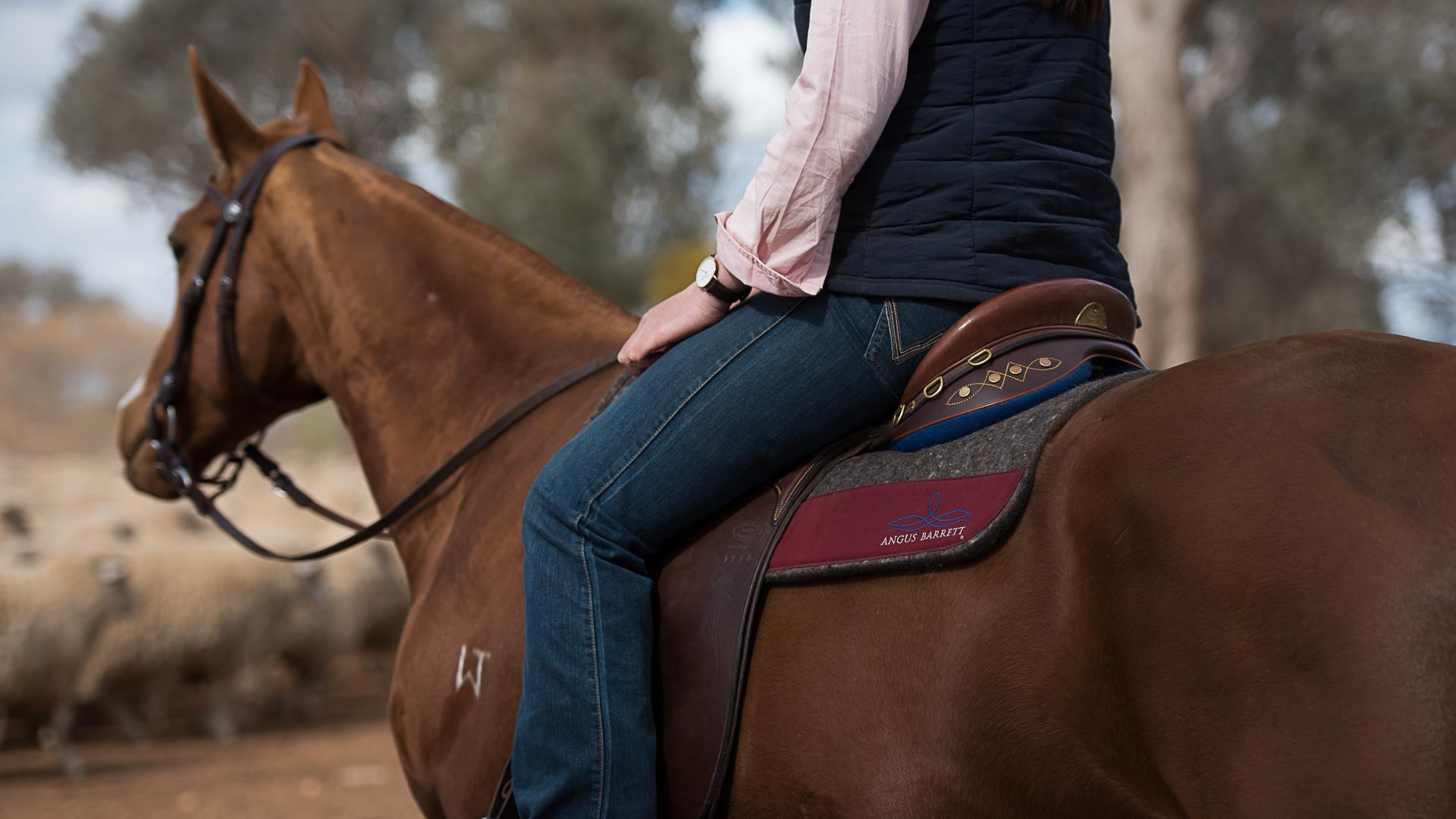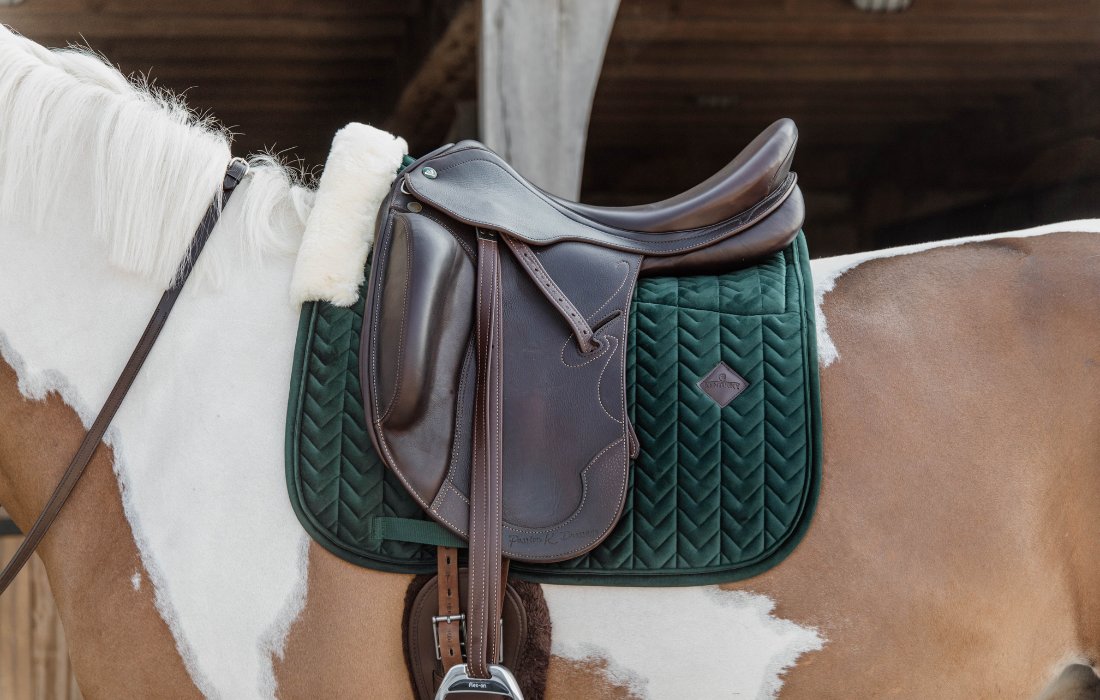
What Are Saddle Pads Made Of? Exclusive Insights Inside!
Share
For health-conscious pet owners, understanding the materials that go into essential riding gear, such as saddle pads, is crucial. **Saddle pads**, an often-overlooked component of horse riding, play an extraordinary role in ensuring the comfort and well-being of both horse and rider. But what are saddle pads made of? Let's dive deeply into the world of these indispensable accessories.
Whether you are a seasoned equestrian or a new horse owner, the choice of saddle pad can greatly influence your horses performance and health. In this article, we will explore various materials commonly used for saddle pads, discussing their benefits and drawbacks.

1. Common Materials Used in Saddle Pads
When choosing a saddle pad, you will encounter a range of materials. Here's a closer look at some of the most common:
1.1 Cotton
Cotton is perhaps the most popular material used in saddle pads due to its **breathability** and ease of washing. It is a natural fiber that provides a soft feel against the horse's skin and can wick away moisture, making it an excellent choice for everyday riding. However, cotton pads can wear out more quickly than synthetic alternatives, especially if subjected to frequent washing.
1.2 Fleece
Fleece saddle pads are another favorite among horse owners. These pads are typically softer and offer more comfort for the horse. They are particularly effective in colder weather, providing warmth and cushioning. However, they can trap heat and sweat, which might lead to potential skin issues if not cared for properly. Regular **cleaning** is essential to maintain hygiene.
1.3 Wool
Wool saddle pads offer excellent moisture-wicking properties and insulation. They tend to be durable and maintain their shape over time. Wool is a natural fiber that allows for better airflow, aiding in temperature regulation. This makes wool pads suitable for various weather conditions. They do, however, come at a higher cost and require more specific cleaning methods.
1.4 Neoprene
Neoprene is a synthetic material commonly seen in endurance riding and competitive equestrian sports. This material is highly shock-absorbent and offers excellent support. It's particularly useful for horses that may require additional cushioning due to physical conditions or hard work. However, neoprene can retain heat, which may not be ideal in hotter climates.
1.5 Gel
Gel saddle pads provide excellent shock absorption and can help with pressure distribution across the horse's back. They're typically used with other materials to create a layered effect, enhancing comfort. Like neoprene, gel pads can trap heat, so owners need to monitor their horses for signs of overheating or discomfort.

2. Importance of Choosing the Right Material
Understanding what saddle pads are made of is essential for health-conscious pet owners. Different materials can impact your horse's comfort and performance.
2.1 Skin Health
The right saddle pad can prevent issues like chafing or sweating, which can lead to skin irritations. Cotton and wool are typically better for moisture absorption, whereas synthetic materials like neoprene may need lighter use during warmer days.
2.2 Performance
Choosing a saddle pad that works well with your specific type of ridingbe it trail riding, jumping, or dressagecan significantly affect your horse's performance. Neoprene and gel pads may be suited for high-impact activities, while cotton may be better for lighter riding.

3. How to Maintain Your Saddle Pads
Maintenance is crucial in enhancing the lifespan of your saddle pads. Here are basic care tips:
3.1 Regular Cleaning
Regular cleaning of saddle pads is essential to remove dirt and sweat that can lead to bacterial growth. Different materials have specific cleaning needs, so it is vital to know how to clean each type. For example, wash cotton pads in hot water, while wool pads may require special care. Check our guide on washing saddle pads.
3.2 Proper Storage
After cleaning, storing saddle pads correctly is equally important. Make sure they are completely dry before storing to avoid mold growth. Refer to our article on saddle pad storage for the best practices.

4. What Should You Pay Attention to?
When choosing saddle pads, health-conscious pet owners should consider a few points before purchasing.
4.1 Horse Sensitivity
Some horses have sensitive skin or specific health concerns. In such cases, it's crucial to choose a saddle pad made from softer materials that promote airflow and **skin health**.
4.2 Cost & Quality
Higher quality often comes with a steeper price, but investing in a well-made saddle pad can prevent greater costs associated with your horses health. Knowing how much saddle pads can cost is essential. You can find more in our article on saddle pad prices.
4.3 Riding Style
Your riding style also dictates the type of saddle pad you should choose. Different activities put various pressures on your horse's back, necessitating customized equipment. For eventing, a firmer pad would be recommended, while pleasure riding could benefit from a softer, more comfortable pad.
5. Final Thoughts
Understanding **what saddle pads are made of** is more than just seeking aesthetic appeal. It's about ensuring the well-being of your horse while also optimizing their performance. The material you choose can have a tremendous impact, affecting everything from comfort to overall health.
In summary, prioritize your horse's comfort by selecting the right type of saddle pad for your needs. Ensure you maintain them properly, allowing your horse to enjoy happy and healthy rides for years to come!
For further reading, consider checking out this humorous guide to horse breeds.
As an Amazon Associate, I earn from qualifying purchases.
